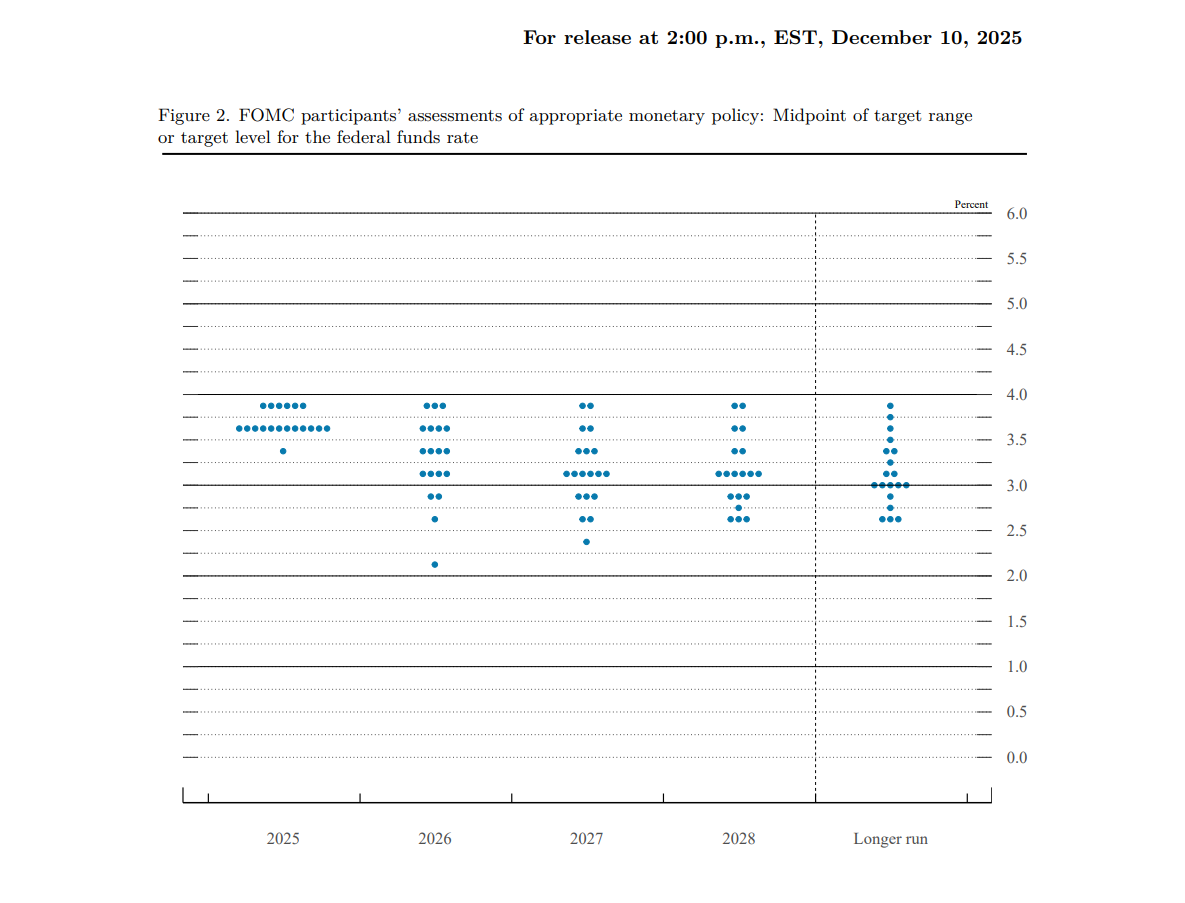Quantum-Centric Supercomputing: IBM and AMD's Strategic Leap into the Future of Computing
- IBM and AMD's 2025 collaboration merges quantum computing with HPC/AI to create hybrid systems solving complex problems. - The partnership integrates IBM's quantum processors with AMD's EPYC/Instinct hardware, enabling real-time error correction and molecular simulations. - Open-source tools like Qiskit and AMD's HPC leadership position both companies as critical infrastructure providers for quantum-centric computing. - The 2025 demonstration of quantum-classical workflows aims to validate hybrid systems
The collaboration between IBM and AMD in 2025 marks a pivotal moment in the evolution of computing. By merging quantum computing with high-performance computing (HPC) and artificial intelligence (AI), the two tech giants are redefining the boundaries of what's possible. This partnership isn't just about incremental innovation—it's a bold leap toward a future where hybrid quantum-classical systems solve problems deemed intractable by today's standards. For investors, this represents an early-stage opportunity to position themselves at the intersection of cutting-edge infrastructure and transformative technology.
The Building Blocks of Quantum-Centric Supercomputing
At the core of IBM and AMD's collaboration is the concept of quantum-centric supercomputing, a hybrid architecture where quantum computers and classical systems collaborate to tackle complex problems. IBM's quantum processors, such as the modular Quantum System Two, are paired with AMD's high-performance CPUs (EPYC), GPUs (Instinct), and FPGAs. This integration allows quantum computers to handle tasks like molecular simulations in drug discovery, while AMD's HPC infrastructure processes vast datasets and optimizes results.
A critical component of this partnership is real-time error correction, a technical hurdle for scalable quantum computing. AMD's expertise in HPC and AI accelerators is expected to address this challenge, directly supporting IBM's roadmap to deliver fault-tolerant quantum computers by 2030. Additionally, open-source ecosystems like IBM's Qiskit will play a role in democratizing access to hybrid algorithms, accelerating adoption across industries.
Why This Matters for Investors
The quantum computing market is projected to grow exponentially as hybrid systems mature. IBM and AMD's collaboration is not just a technical milestone—it's a strategic play to dominate the next phase of computing infrastructure. Here's why this matters for long-term investors:
- Infrastructure as a Foundation: AMD's role in powering the world's fastest supercomputers (e.g., Frontier and El Capitan) underscores its leadership in HPC. By integrating its hardware with IBM's quantum systems, AMD is positioning itself as a critical supplier for quantum-centric infrastructure.
- Scalable Open-Source Platforms: The emphasis on open-source tools like Qiskit reduces barriers to entry for developers and enterprises, fostering a broader ecosystem. This could drive demand for AMD's hardware and IBM's quantum software in the coming years.
- First-Mover Advantage: IBM's existing partnerships (e.g., with RIKEN and Fugaku) and AMD's dominance in AI and HPC give them a head start in commercializing hybrid systems. The planned 2025 demonstration of quantum-classical workflows will serve as a proof of concept, attracting enterprise clients and further investment.
Market Implications and Investment Potential
The partnership aligns with broader industry trends. NVIDIA's recent pivot from skepticism to optimism about quantum computing highlights the growing consensus that hybrid systems will unlock new value. For investors, the key is to identify companies that are both enablers and beneficiaries of this shift.
- AMD (AMD): As a provider of the classical computing backbone, AMD's EPYC and Instinct products are essential for hybrid workflows. Its stock has historically outperformed in AI and HPC cycles, and its role in quantum-centric infrastructure could drive further growth.
- IBM (IBM): IBM's quantum leadership and hybrid cloud/AI capabilities position it as a long-term play. While its stock has faced volatility, the company's focus on quantum infrastructure and enterprise solutions could stabilize its valuation as adoption accelerates.
- Ecosystem Players: Companies like Intel (INTEL) and startups in quantum software (e.g., Rigetti Computing) may also benefit from the open-source momentum.
Strategic Considerations for Investors
- Early-Stage Volatility: Quantum computing is still in its infancy, and infrastructure plays like AMD and IBM may experience short-term volatility. Investors should balance this with long-term growth potential.
- Regulatory and R&D Risks: Quantum computing faces technical and regulatory hurdles. However, IBM and AMD's collaboration mitigates some of these risks by leveraging existing HPC infrastructure and open-source ecosystems.
- Diversification: While IBM and AMD are central to this narrative, investors should also consider smaller players in quantum software and hardware (e.g., IonQ , D-Wave) for a diversified portfolio.
Conclusion: A Quantum Leap in Infrastructure Investing
The IBM-AMD partnership is more than a technical collaboration—it's a strategic bet on the future of computing. By integrating quantum and classical systems, they're creating a scalable infrastructure that could redefine industries from healthcare to logistics. For investors, this represents an early-stage opportunity to capitalize on a market poised for exponential growth. As the 2025 demonstration approaches, keep a close eye on AMD's hardware adoption and IBM's quantum milestones. The companies that enable this quantum-centric revolution will likely shape the next decade of technological progress—and their stocks could reflect that value in the years to come.
Disclaimer: The content of this article solely reflects the author's opinion and does not represent the platform in any capacity. This article is not intended to serve as a reference for making investment decisions.
You may also like
DiDi has become a digital banking giant in Latin America
DiDi has successfully transformed into a digital banking giant in Latin America by addressing the lack of local financial infrastructure, building an independent payment and credit system, and achieving a leap from a ride-hailing platform to a financial powerhouse. Summary generated by Mars AI. This summary was produced by the Mars AI model, and its accuracy and completeness are still being iteratively improved.

Fed rate cuts in conflict, but Bitcoin's "fragile zone" keeps BTC below $100,000
The Federal Reserve cut interest rates by 25 basis points, but the market interpreted the move as hawkish. Bitcoin is constrained by a structurally fragile range, making it difficult for the price to break through $100,000. Summary generated by Mars AI This summary was generated by the Mars AI model, and the accuracy and completeness of its content are still being iteratively updated.

Full text of the Federal Reserve decision: 25 basis point rate cut, purchase of $4 billion in Treasury bills within 30 days
The Federal Reserve cut interest rates by 25 basis points with a 9-3 vote. Two members supported keeping rates unchanged, while one supported a 50 basis point cut. In addition, the Federal Reserve has restarted bond purchases and will buy $40 billion in Treasury bills within 30 days to maintain adequate reserve supply.

HyENA officially launched: Perp DEX supported by Ethena and based on USDe collateral goes live on Hyperliquid
The launch of HyENA further expands the USDe ecosystem and brings institutional-grade margin efficiency to the on-chain perpetuals market.